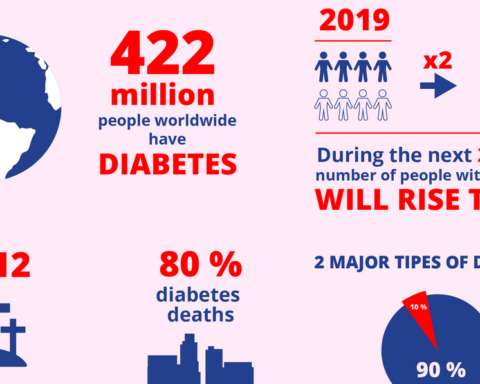This interactive chart was submitted by Study Medicine Europe Ltd. for Pharma Mirror’s readers.
Antibiotics has changed the world of Medicine. Read more about the main discoveries on this timeline.
- 1640 – Documented studies began in 1640 in England when John Parkington recommended using mould for treatment in his book on pharmacology
- 1870 – In England, Sir John Scott Burdon-Sanderson observed that culture fluid covered with mould did not produce bacteria
- 1871 – In England, Joseph Lister experimented with the antibacterial action on human tissue on what he called Penicillium glaucium
- 1875 – In England, Irishman John Tyndall explained antibacterial action of the Penicillium fungus to the Royal Society
- 1877 – In France, Louis Pasteur postulated that bacteria could kill other bacteria (anthrax bacilli)
- 1897 – In France, Ernest Duchesne healed infected guinea pigs from typhoid using mould (Penicillium glaucium)
- 1928 – In England, Sir Alexander Fleming discovered enzyme lysozyme and the antibiotic substance penicillin from the fungus Penicillium notatum
- 1932 – In Germany, Gerhard Domagk discovered Sulfonamidochrysoidine (Prontosil)
- 1943 – Selman Waksman, a microbiologist who discovered streptomycin, first used the word “antibiotic” in a medical sense
- 1945 – The Nobel Prize in Physiology or Medicine 1945 was awarded jointly to Sir Alexander Fleming, Ernst Boris Chain and Sir Howard Walter Florey “for the discovery of penicillin and its curative effect in various infectious diseases”.








Great, thanks, In life, you can put a price tag on just about everything,your posts are priceless, thanks for being such a great writter and giving such joy each time evening when open this site